Mealybugs, tiny insects that extract sap, are part of the Pseudococcidae family. They are known for infesting a wide range of plant species, found both inside and outside. These pests are easily identifiable due to their white, waxy covering.
They feed on plant sap, which weakens the plant and results in leaves becoming yellow, wilting, or falling off prematurely. In serious cases, they can impede growth and even cause plant death. Furthermore, mealybugs secrete a sticky substance called honeydew, encouraging sooty mold growth, which further harms the plant’s health and appearance.
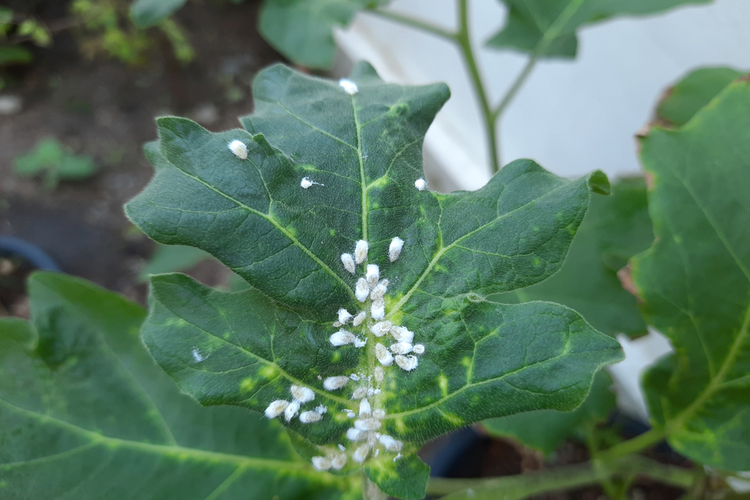
Understanding the Life Cycle of Mealybugs
The life cycle of mealybugs consists of three main stages: egg, nymph, and adult.
The mealybug life cycle is comprised of three primary phases: egg, nymph, and adulthood. Female mealybugs deposit hundreds of eggs within a cottony sac, most often located on the lower surfaces of leaves or within plant crevices. These eggs then hatch into nymphs, also known as crawlers, which are mobile and disperse to different parts of the plant. Before maturing into adults, nymphs undergo several molting stages. The entire life cycle duration can vary, lasting from one to several months, depending on the surrounding environmental conditions. It is crucial to have a grasp of this cycle for effective control measures, as targeting the nymph stage frequently yields the most successful outcomes.

Identifying Signs of Mealybug Infestation
Early detection of mealybug infestation is key to preventing severe damage.
Spotting a mealybug infestation in its early stages is essential to avoid significant damage. Keep an eye out for clusters of white, cotton-like masses on the leaf undersides, stems, and where leaves join the stem (leaf axils). You may also observe a sticky residue on the plant or surrounding areas; this is the honeydew excreted by mealybugs. This substance can attract ants and contribute to the development of sooty mold. In addition, watch for signs of plant stress, such as yellowing leaves, stunted growth, or wilting, which could point to a mealybug issue.
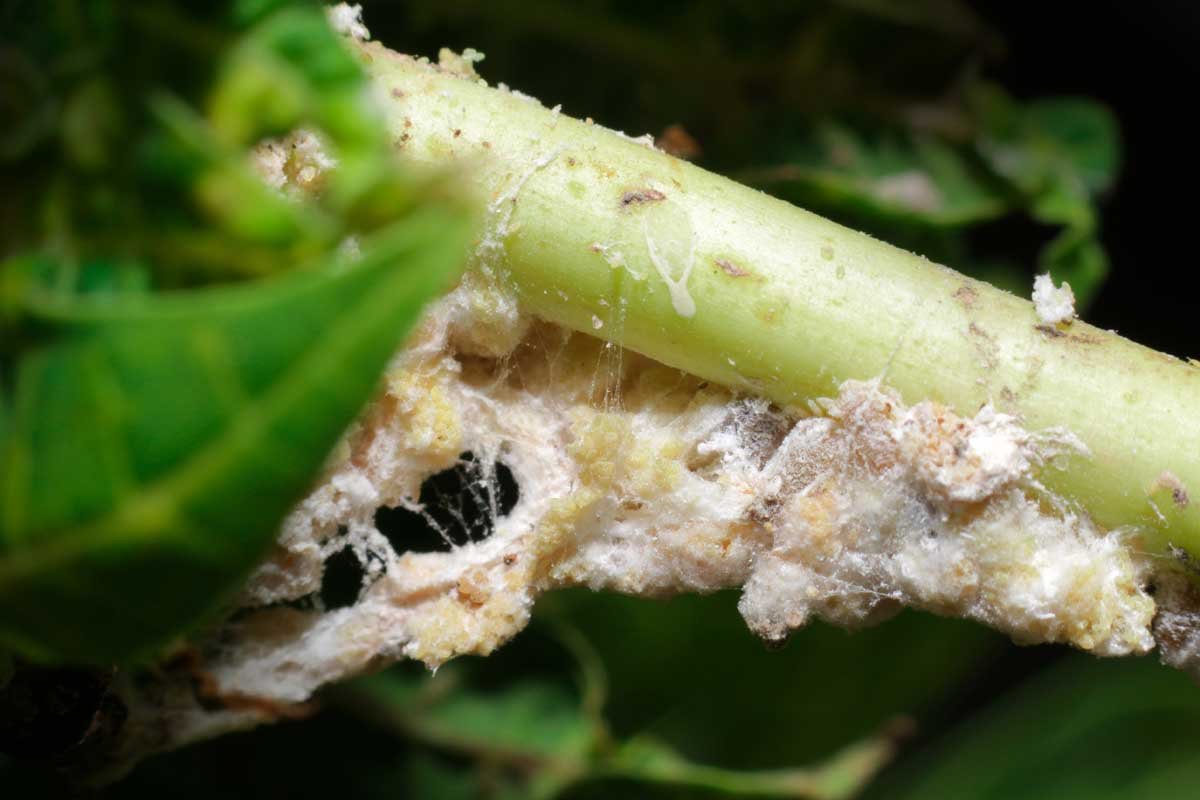
The Importance of Early Detection and Action
Catching a mealybug infestation early can prevent significant damage to your plants.
Detecting a mealybug infestation early can prevent substantial harm to your plants. Mealybugs have a high reproduction rate, meaning a small problem can rapidly escalate if not dealt with promptly. Early detection opens up more control options and improves the chances of saving the plant. Consistent inspection, coupled with immediate action at the initial sign of infestation, is crucial for maintaining plant health and preventing mealybugs from spreading to other plants.
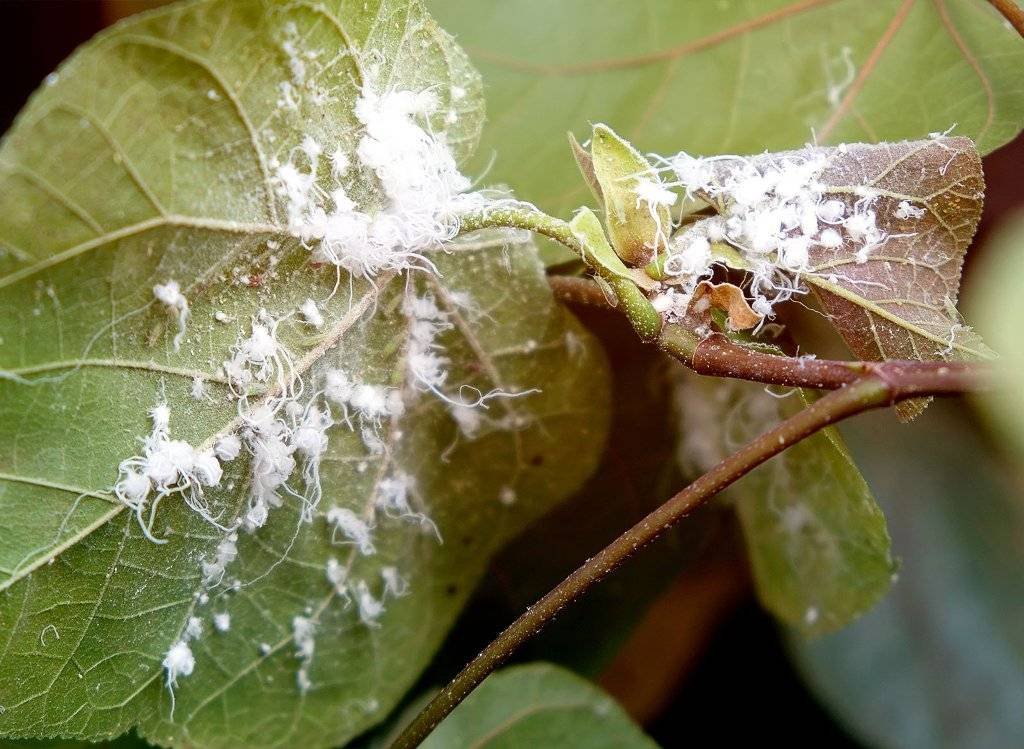
Use Neem Oil as a Natural Pesticide
Neem oil is an effective natural pesticide that disrupts the life cycle of mealybugs.
Neem oil serves as an effective natural pesticide that distorts the mealybug life cycle. It contains azadirachtin, a compound that disrupts how these pests feed and reproduce. To apply neem oil, combine it with water and a few drops of dish soap to ensure it sticks to the plant. Thoroughly coat the affected plants with the solution, making sure to cover all surfaces, including the underside of leaves. Reapply every 7-14 days until the infestation is under control.
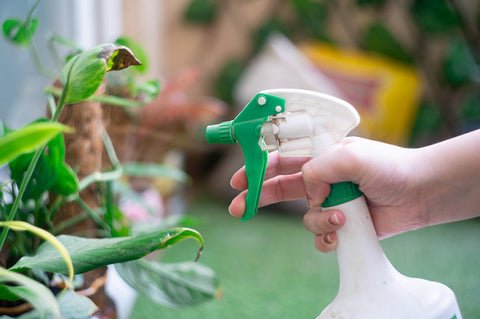
Create a Homemade Soap Spray
A simple soap spray can effectively suffocate mealybugs.
A basic soap spray can be effective in suffocating mealybugs. To create this solution, mix a couple of teaspoons of mild liquid soap with a quart of water. Directly spray the mixture onto the mealybugs, ensuring the pests come into direct contact with it. The soap works by breaking down the mealybugs’ protective waxy coating, leading to their dehydration and eventual death. It is crucial to first test the spray on a limited area of the plant to make sure it doesn’t cause any harm.

Introduce Beneficial Insects
Natural predators such as ladybugs, lacewings, and parasitic wasps can help control mealybug populations.
Mealybug populations can be managed by introducing natural predators like ladybugs, lacewings, and parasitic wasps. These beneficial insects consume mealybugs and can be introduced into your garden as a form of biological control. Purchase them from a reliable supplier and release them close to the infested plants. Enhancing their effectiveness involves creating a habitat that supports these beneficial insects, through methods such as planting diverse vegetation and avoiding the use of broad-spectrum insecticides.
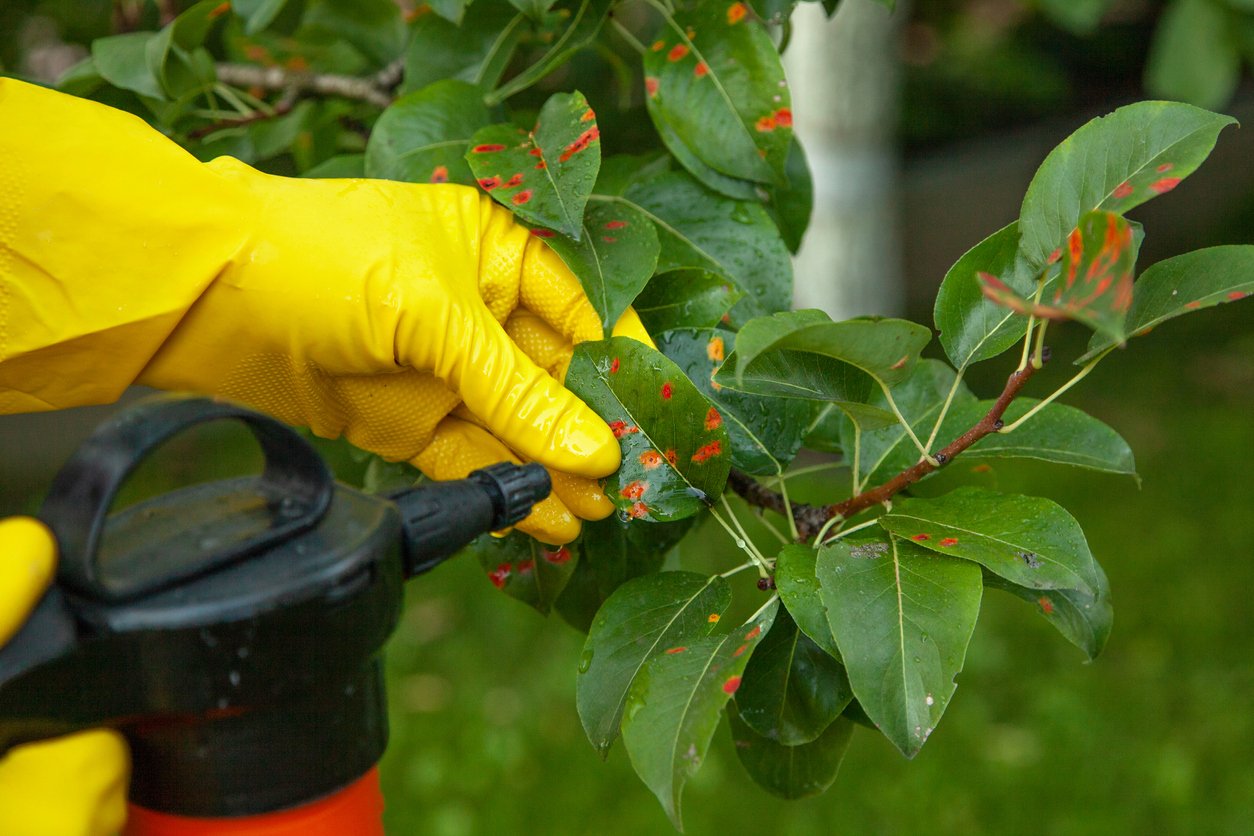
Apply Rubbing Alcohol Solution
Rubbing alcohol can be used to kill mealybugs on contact.
Direct contact with rubbing alcohol can eliminate mealybugs. Use a cotton swab dipped in a 70% isopropyl alcohol solution and apply it directly to the mealybugs. This technique is especially useful for minor infestations or for treating areas that are difficult to reach. The alcohol works by dissolving the mealybugs’ waxy outer layer, which leads to their demise. Use caution and avoid excessive application because too much alcohol could damage the plant.
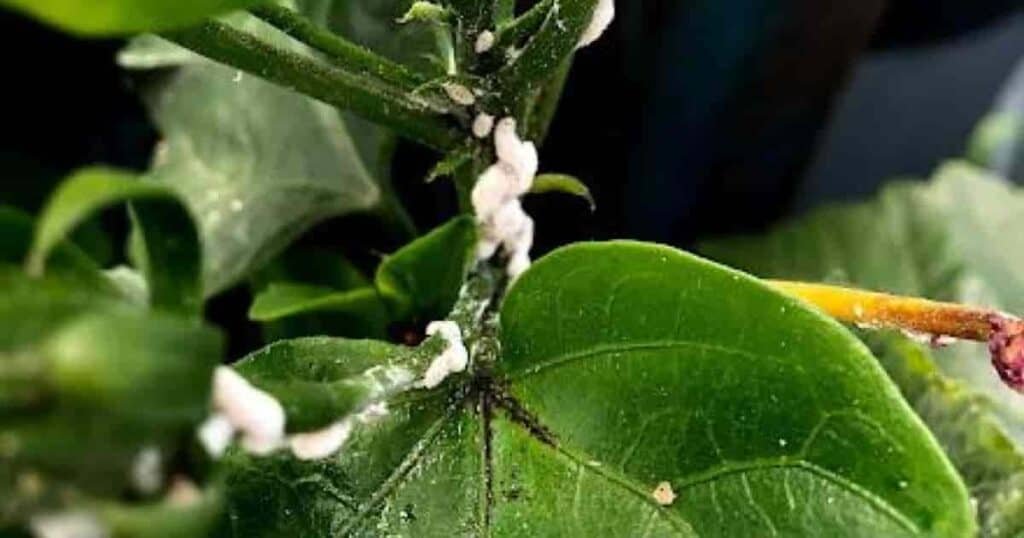
Utilize Diatomaceous Earth
Diatomaceous earth is a natural powder made from fossilized algae.
Diatomaceous earth, a naturally occurring powder formed from fossilized algae, effectively works by dehydrating mealybugs and other insects with soft bodies. Apply a thin layer of food-grade diatomaceous earth by sprinkling it on the soil surface and on areas of the plant where mealybugs are present. Reapply after watering or rainfall, since moisture diminishes its effectiveness. Although safe for plants and pets, it should be used carefully to avoid inhaling it.
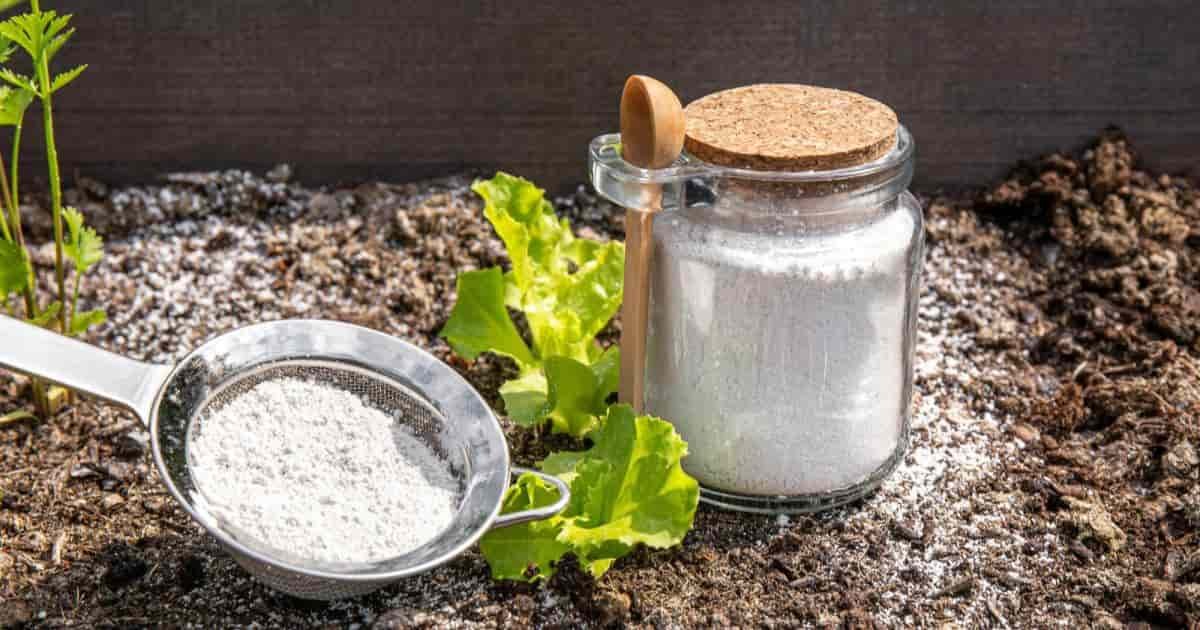
Implement Regular Plant Maintenance and Inspection
Regular maintenance and inspection are crucial for preventing mealybug infestations.
Implementing regular maintenance and inspections is of utmost importance in preventing mealybug infestations. Prune and eliminate heavily infested sections of the plant to control the population size. Maintain the health of your plants by ensuring they receive adequate watering, fertilization, and light exposure. Regularly check your plants, particularly new additions to your garden, to identify infestations in the early stages. Maintaining a clean environment in your growing area can also deter mealybugs and other types of pests.
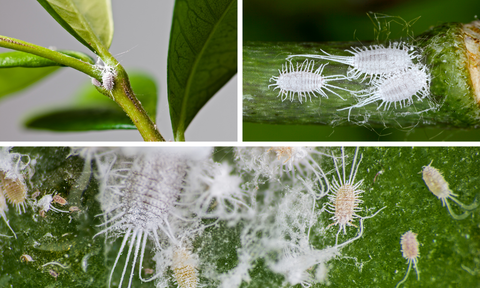
Step-by-Step Instructions for Making Natural Pesticides
To make a neem oil pesticide, mix 2 teaspoons of neem oil with 1 teaspoon of mild liquid soap and 1 quart of water. Pour the mixture into a spray bottle and shake well. For a soap spray, combine 1 tablespoon of liquid soap with 1 quart of water in a spray bottle. Shake gently to mix. Always test homemade sprays on a small area of the plant before full application to ensure there is no adverse reaction.
To create a neem oil pesticide, combine 2 teaspoons of neem oil, 1 teaspoon of gentle liquid soap, and 1 quart of water. Transfer the mixture to a spray bottle and shake thoroughly. For a soap spray, combine 1 tablespoon of liquid soap with 1 quart of water within a spray bottle, and gently shake to combine. Before applying any homemade sprays extensively, always test on a small portion of the plant to ensure it will not cause negative effects.

Conclusion: Maintaining a Mealybug-Free Garden
Keeping your garden free of mealybugs requires vigilance and a combination of strategies.
Maintaining a garden without mealybugs necessitates both attentiveness and a multifaceted approach. By understanding their life cyle, recognizing the early signs of an infestation and employing an array of natural control strategies, you can efficiently prevent and deal with mealybug problems. Routine plant care and inspections are crucial for early detection and timely intervention. With these practices implemented, you can take pleasure in a flourishing, healthy garden without the threat of mealybugs.

